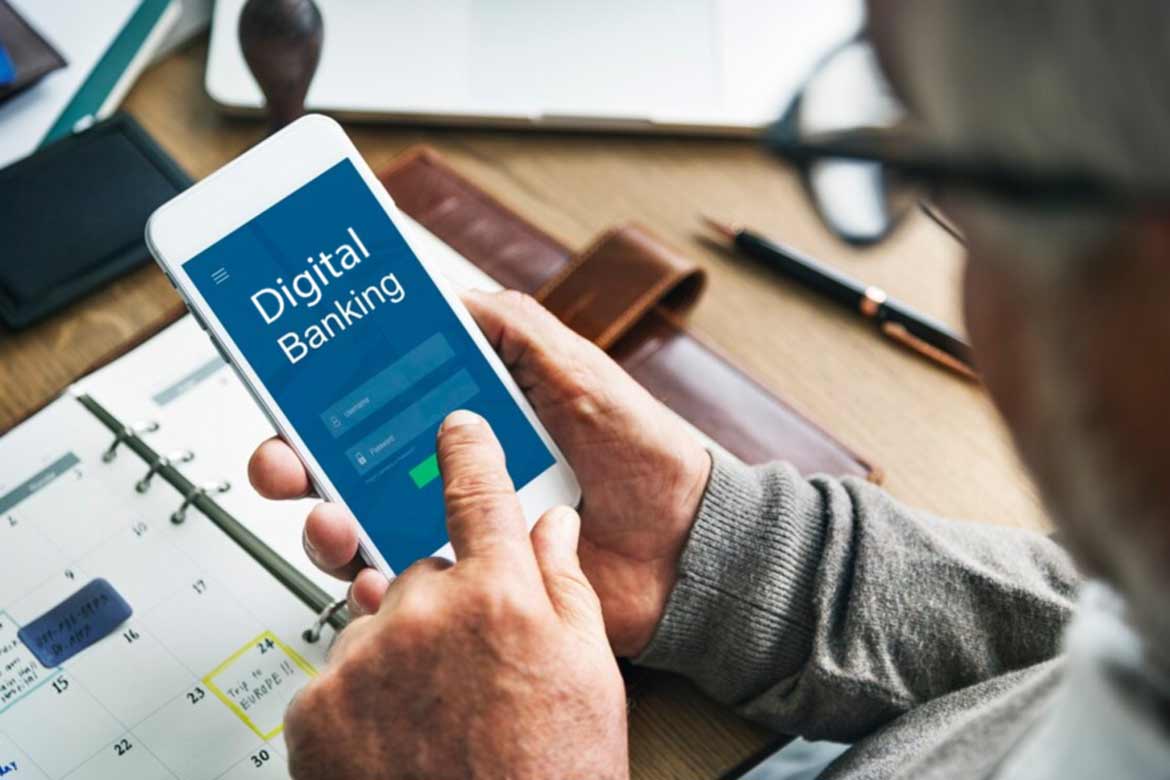Customer involvement, more profitability, and greater control are all made possible by digital banking, which automates traditional banking services. By eliminating the need for customers to visit a branch office and replacing a bank’s physical presence with an online presence, it changed banking. Customers who use digital banking can conduct transactions through a variety of secure digital channels while the bank handles data security, related risk reduction, and regulatory matters.
This is accomplished by combining the newest digital technologies, such as analytics, social media, cutting-edge payment solutions, and mobile technology, with online and mobile banking services in order to exceed consumer expectations for convenience and experience.
Evolution of Digital Banking
In the last 20 years, the development of digital banking technology has transformed the financial sector in unfathomable ways. The internet and mobile technology connected people and organizations worldwide, even in the most isolated areas. This altered both customer expectations and organizational processes.
With the help of relevant infrastructure and mobile connectivity, fintech technology businesses entered the banking industry and introduced a range of user-friendly solutions. Banks had to redesign their procedures and goods to stay up with the competition and keep consumers. Automated Teller Machines (ATMs), the first step in the development of digital banking, were introduced as a result. The following step was to satisfy the higher standard of client expectations. This encouraged banks to release improved inventions, goods, and services. By the 20th century’s close, banks were using technology to provide consumers with services that were available around the clock. Customers can now use their anytime, anywhere banking services on their smartphones without even interacting with the banking employees.
All records are kept in digital form, data is translated into information that is valuable by using analytical techniques, better customer involvement is provided, and more revenue is made through customer-specific contact. All of this results in increased operational effectiveness and more revenue for the bank. Making internet connections available across the country has accelerated the Indian government’s goal of a cashless society, with online banking becoming increasingly necessary as a result of Covid 19.
Advantages of online banking
The goal of digital banking is to simplify life for bank customers. Among its advantages include
- The ease of banking from the comfort of your own home
- Availability of banking services around-the-clock
- Electronic banking
- enables the setting up of automatic utility bill payments.
- allows for internet payments for things like shopping
- gives remote places access to banking services
- Digital fund transfers lower the risk of fake currencies
- enhances client security and privacy
- allows for the immediate reporting and blocking of lost credit cards
- limits the flow of illicit currency
- reduces the requirements for cash minting
Indian digital banking
The market regulator in India may offer video-based verification as an improvement over physical verification for KYC. Several banks are also providing digital savings accounts. These accounts are comparable to ordinary savings accounts in that they give users access to all banking services without requiring a minimum balance and feature virtual debit cards that can be converted to physical debit cards.
Some of the top digital savings accounts with no balance in India
- ASAP Axis Bank
- DBS – Digisavings
- Kotak 811
- ICICI Bank’s Pockets and Insta Save FC Account
- Online Savings Account with Indus – IndusInd
Before digital banking can completely replace traditional branch banking, some time will need to pass. For big decisions like taking out a loan or negotiating the terms, customers prefer the human touch. However, digital banking is proving useful for routine, necessary banking tasks. The digitally aware customer will constantly seek individualized and seamless digital services offered at their convenience because time is such an important consideration for both customers and services.





